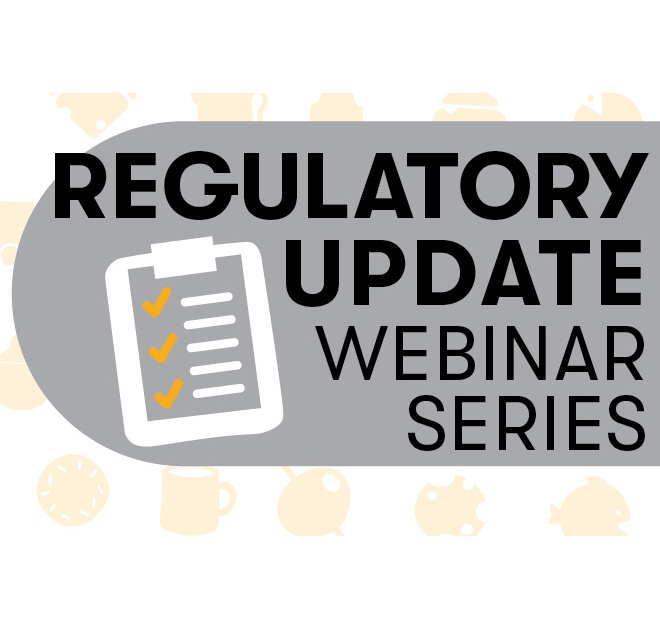“Any time you need to consider a decision to recall a product is one of the most serious and most challenging things that you do in the industry,” said Jeni Lamb Rogers, partner at PSL Law Group, LLC. During an SFA Regulatory Update webinar, Thursday, she shared what measures food makers need to take in the first hours, days, and weeks of a recall.
The First 24 Hours
These first steps after a recall are critical, Rogers noted, saying, “Making good decisions during that first period, and documenting those decisions, is really important.”
The first step that a company should take is to create an internal health hazard evaluation, which should happen one to two hours after the discovery of an issue. Then, outside counsel should be engaged, typically within a business day. Also within a business day, a litigation hold memorandum should be issued, FDA notifications should be drafted, your insurer should be contacted, and the recall should be carried out with notice to all consigness (those who are financially responsible for the receipt of a shipment of product.)
The Weeks to Come
Next, companies should be performing effectiveness checks at least weekly until the close out of the recall, and, if the recall was initiated by a supplier, follow up with them should happen within one or two weeks. In addition, it’s important to review all documentation from consigness within one day of receipt.
After notice is sent to the FDA, the product can be destroyed; although, sometimes, the FDA will want to sample, test, or witness the product destruction, noted Rogers.
On an ongoing basis, a company should track and document all of its losses due to the recall.
The Near Future
Upon completion of all of the above, Rogers recommended taking care of any legal or insurance issues that have come up. This includes completing your insurance claim, filing any claims against your supplier, and defending any consumer lawsuits. Because these steps can take months, or even years, they could have a long term impact on your business, said Rogers.
Related: 5 Steps to Enacting a Recall; Key Steps to Enhancing Website Accessibility.

